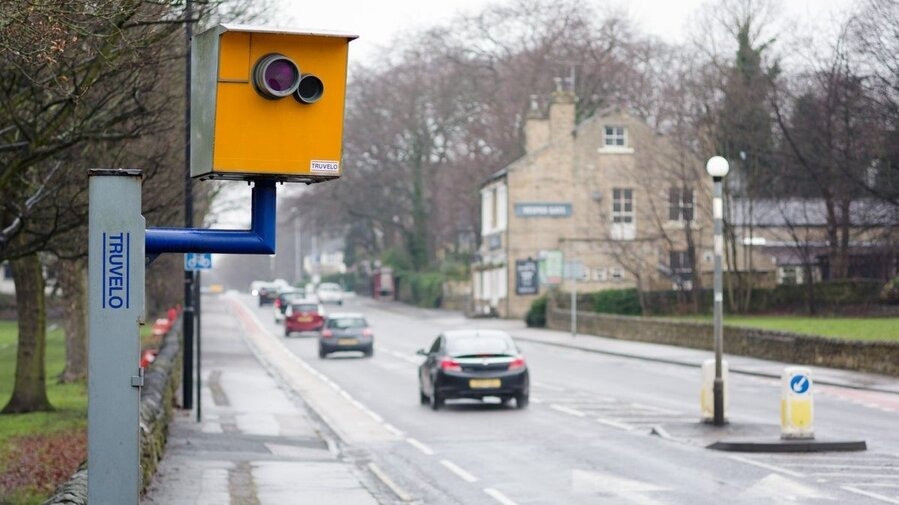Everything you need to know about speed cameras
Speed cameras are an integral part of road safety enforcement in the UK. They are designed to reduce accidents and encourage safer driving. Understanding how they work, where they're located and the implications of being caught speeding can help you stay compliant with speed limits and avoid fines. Here’s everything you need to know about speed cameras in the UK.
Fixed Speed Cameras:
- Gatso Cameras: These are the most common type of speed cameras. They use radar technology to measure vehicle speed and take photographs of speeding vehicles from the rear.
- Truvelo Cameras: Unlike Gatso, Truvelo cameras capture images from the front of the vehicle, allowing for identification of the driver.
Average Speed Cameras:
SPECS Cameras: These monitor a vehicle’s average speed over a set distance. They are often used on motorways. Multiple cameras capture the vehicle's number plate at various points, calculating the average speed between them.
Mobile Speed Cameras:
Operated from vans or handheld devices by police officers, these can be set up at various locations. They use laser or radar technology to detect speed and are commonly used in areas with high accident rates.
Variable Speed Cameras:
These are found on smart motorways and enforce variable speed limits displayed on overhead gantries. The aim is to manage traffic flow and reduce congestion.
Red Light Cameras:
Some speed cameras also function as red light cameras, catching drivers who run red lights. These are usually found at busy intersections.
How Speed Cameras Work
Speed cameras use different technologies such as radar, laser and digital imaging to detect and record speeding vehicles. When a vehicle exceeds the speed limit, the camera captures photographic or video evidence, including the vehicle's number plate, time, date, and location.
Locations and Signage
In the UK, speed cameras are typically placed in areas with high accident rates or where speeding is a frequent problem. Fixed speed cameras and average speed camera zones are usually signposted, giving drivers the chance to adjust their speed. However, mobile speed cameras can be more unpredictable, often being placed in busy areas or in response to community concerns about speeding.
Penalties for Speeding
If caught speeding, drivers face a range of penalties depending on how much over the limit they were driving. These include:
- Fixed Penalty Notice (FPN): Usually a £100 fine and 3 penalty points on the driver’s licence.
- Speed Awareness Courses: Offered to some drivers as an alternative to points and fines, particularly for smaller offences. The course focuses on the dangers of speeding and encourages safe driving habits.
- Court Summons: For more serious speeding offences, drivers may be summoned to court where they could face higher fines, more penalty points or even a driving ban.
Contesting a Speeding Fine
Drivers have the right to contest a speeding fine if they believe it was issued to them by mistake.
Common reasons to contest a fine include:
- Incorrect speed limit signage.
- Faulty camera equipment.
- Incorrect details on the Notice of Intended Prosecution (NIP)
It’s advisable to seek legal advice when contesting a fine to ensure the best chance of success.
Tips for Avoiding Speeding Fines
Know the Speed Limits: Familiarise yourself with national speed limits
- Stay Alert: Watch for road signs indicating speed limits and the presence of speed cameras.
- Drive Safely: Adopting safe driving habits not only helps you avoid fines, but it also ensures the safety of all road users.
Speed cameras play a crucial role in maintaining road safety in the UK. By understanding how they operate and where they are likely to be located, you can better adhere to speed limits and contribute to safer driving environments.


